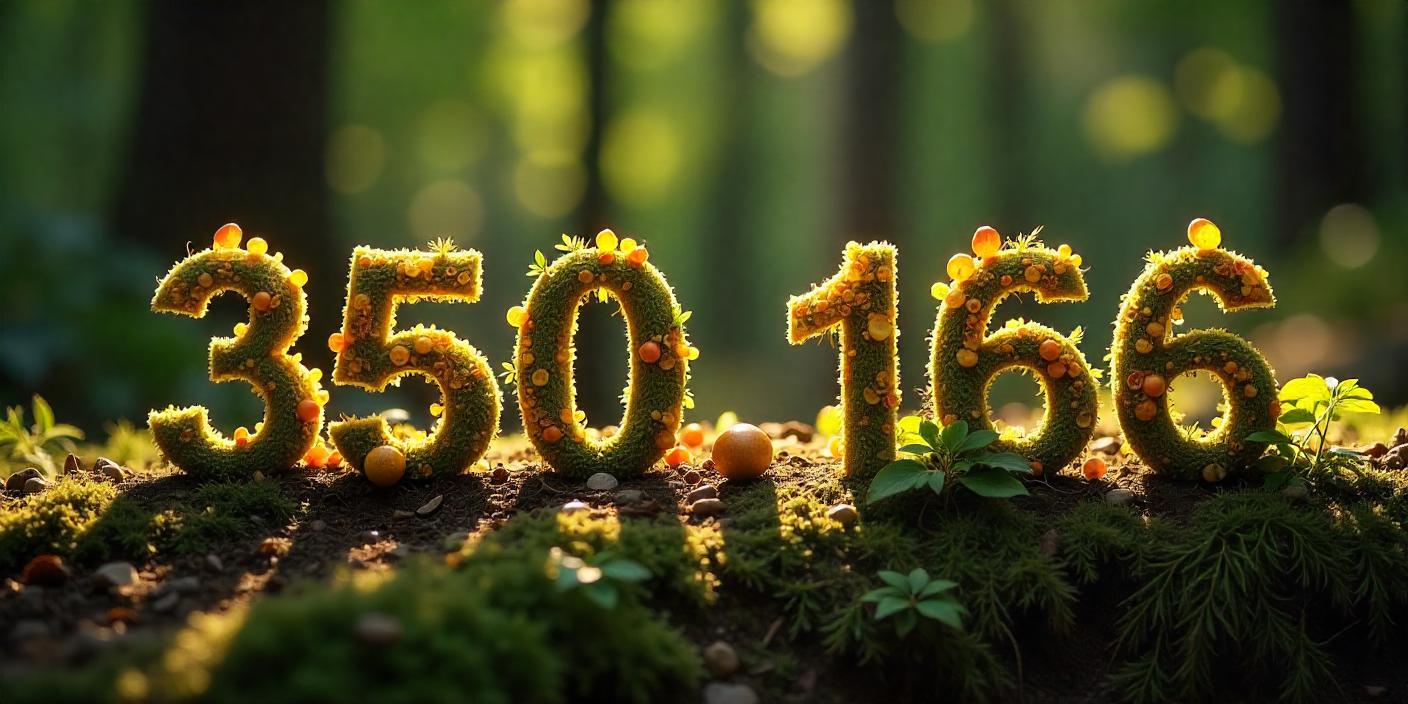Introduction to the Number 360-352.186
Have you ever stumbled upon a number that piqued your curiosity? Enter the intriguing world of 360-352.186. This seemingly random sequence holds layers of meaning, history, and cultural significance waiting to be uncovered. Whether you’re a math enthusiast or simply someone fascinated by symbols in our daily lives, this number has something for everyone. Dive into its origins and discover how it connects with mathematics, culture, and even practical applications in our everyday experiences!
History and Origin of the Number
The number 360-352.186 has a rich history that intertwines with various fields. Its origins can be traced back to the realm of mathematics, where numbers often hold deeper meanings.
Ancient civilizations laid the groundwork for numerical systems, many using base-60 calculations. This is significant as it influenced our understanding of angles and time division—concepts still prevalent today.
Over centuries, mathematicians expanded on these ideas, leading to more complex interpretations of numbers like 360-352.186. In this context, it’s not just a figure; it embodies knowledge passed down through generations.
Numerous cultures have adopted different significances tied to specific numeric values within ranges similar to 360-352.186. These connections reveal how societies perceive mathematical concepts beyond mere arithmetic—a blend of science and philosophy that continues evolving over time.
Mathematical Significance of 360-352.186
The number 360-352.186 may appear complex, but it holds intriguing mathematical significance. The whole number 360 often relates to geometry, representing the degrees in a circle. This connection plays a crucial role in various fields such as engineering and architecture.
On the other hand, the decimal part—352.186—offers insight into precision measurements. In mathematics, decimals enhance accuracy in calculations, allowing for more detailed data analysis.
When looking at this combination of numbers, one can see how they offer both an abstract concept and practical application. These elements come together to form a unique identity within mathematics that bridges theoretical understanding with real-world uses.
Understanding these nuances enables us to appreciate not just individual components but also their interplay within larger mathematical frameworks.
Cultural and Symbolic Meaning of 360-352.186
The number 360-352.186 resonates with various cultural and symbolic interpretations across different societies. In numerology, the components of this figure can be broken down into significant digits that carry individual meanings.
The whole number 360 often represents completeness or wholeness due to its connection to a full circle in geometry. This symbolism is prevalent in many cultures, where circles denote unity and eternity.
On the other hand, the decimal part—352.186—can symbolize balance and movement. Each digit contributes unique attributes; for instance, three signifies creativity while five suggests dynamic change.
These elements together create a rich tapestry of meaning that reflects life’s complexity—a journey through cycles marked by growth and transformation. As such, 360-352.186 transcends mere numerical value to embody deeper philosophical ideas within human experience.
Real-Life Applications of 360-352.186
The number 360-352.186 plays a role in various fields, particularly in data analytics and finance. Analysts often encounter such precise figures when interpreting complex datasets or evaluating trends.
In engineering, this number can represent dimensions or tolerances within designs. Precision is crucial here, as even small deviations can lead to significant issues down the line.
Additionally, artists and designers might find inspiration from the symmetry suggested by 360 degrees combined with a fraction like .186. This blend offers unique perspectives for creating visually captivating pieces.
Academics may also use this figure while discussing subjects that require exact calculations or simulations. It stands as an example of how numbers transcend simple values, influencing practical applications across multiple domains.
Misconceptions and Controversies Surrounding the Number
The number 360-352.186 has stirred various misconceptions over time. Some individuals mistakenly correlate it with specific esoteric beliefs, thinking it holds mystical powers. This perception often overshadows its mathematical properties.
Another controversy revolves around its use in different fields. Critics argue that the decimal aspect complicates practical applications, especially in engineering and physics. Detractors claim that a simpler format would suffice for calculations.
Conversely, enthusiasts assert that this number embodies a unique blend of precision and significance across disciplines. They emphasize its intriguing role as a bridge between theoretical mathematics and real-world problems.
Moreover, some believe the number is linked to conspiracy theories or secret codes, leading to further misunderstandings about its true relevance in everyday life. These varied interpretations highlight how numbers can transcend their numerical value to evoke diverse emotional responses and ideas among people.
Conclusion: Understanding the Importance of 360-352.186 in Our World
The number 360-352.186 is more than just a series of digits. It carries layers of meaning, ranging from historical significance to mathematical applications and cultural relevance. This number serves as a reminder that even seemingly obscure figures can hold important insights in various fields.
Understanding its background enriches our perspective on how numbers influence our lives. From mathematics to culture, the implications of 360-352.186 are far-reaching and intriguing. The controversies surrounding it invite further exploration into how we perceive numerical values.
By examining 360-352.186 through multiple lenses, we gain appreciation for its role in shaping ideas and practices across different disciplines. Whether it’s enhancing calculations or symbolizing deeper meanings within societies, this number deserves recognition for its unique contributions to our understanding of the world around us.

Leave a Reply